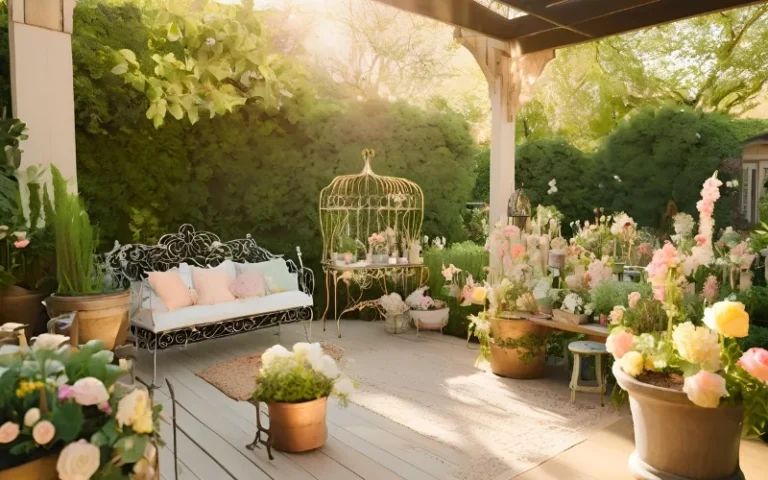10 Best Plants for Visualizing Autumn Colors
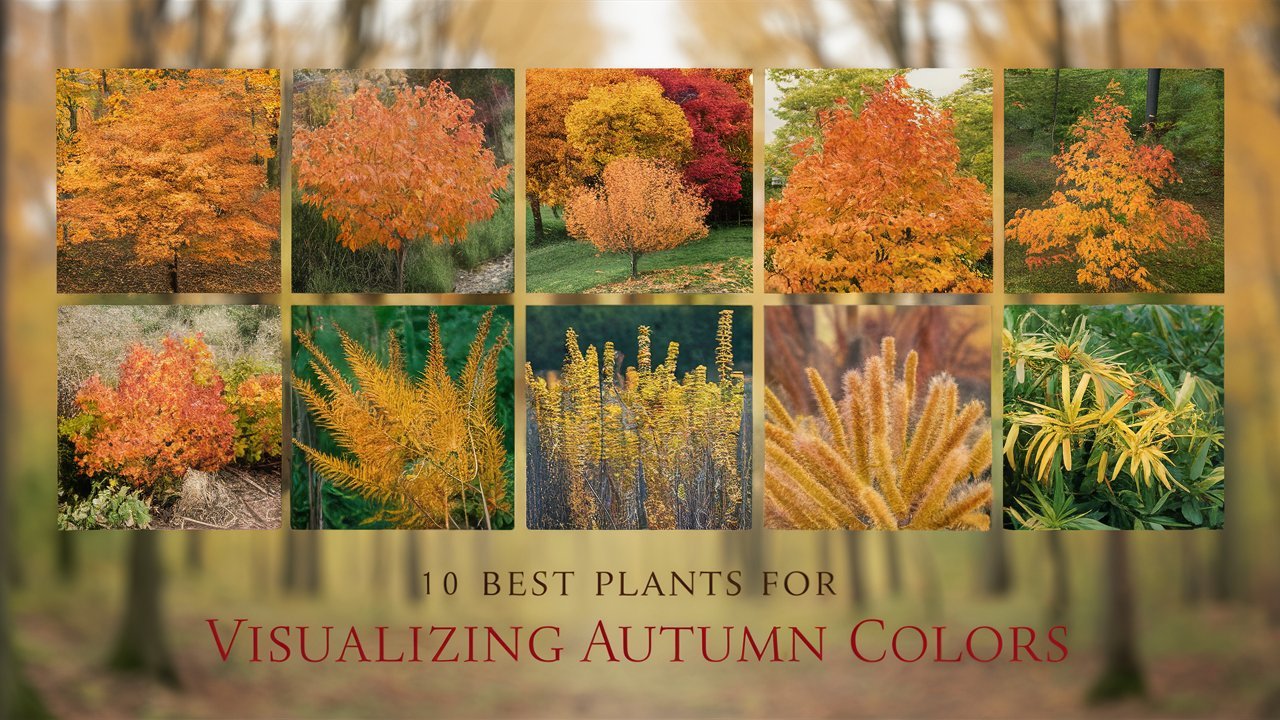
When autumn rolls around, it’s hard not to be captivated by the vibrant colors so the plants come to mind! Adding plants to your space is a simple way to extend the season’s charm.
What are the best plants for Autumn colors? Japanese Maple, Chrysanthemums, Croton, Pansies, and Coleus are the finest plants for Autumn colors. These plants can help you create a cozy atmosphere, lift your mood, and even purify the air in your home. Plus, they offer a living connection to the season, making your space feel alive and welcoming.
Want to learn more about the best plants for visualizing autumn colors? Keep on reading the article.
Table of Contents
What Are the Best Plants for Visualizing Autumn Colors?
Not all plants capture autumn’s essence, but a few stand out. Here are ten gorgeous options that will make your home feel like a fall wonderland:
1. Japanese Maple (Acer palmatum)
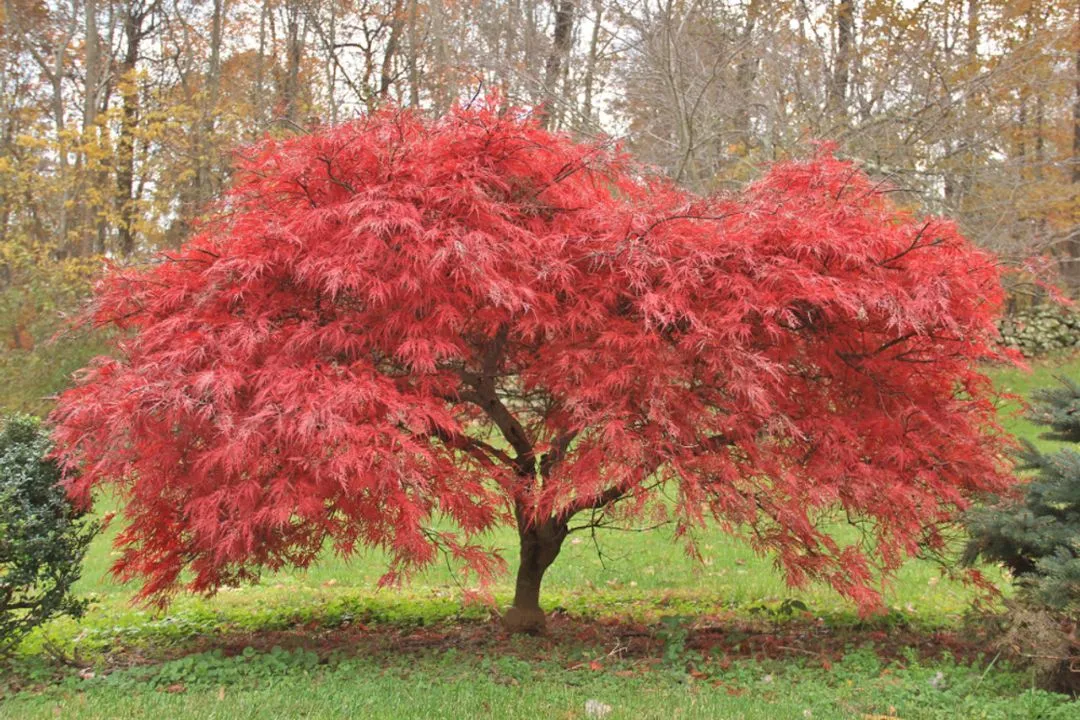
- Why It’s Special: The Japanese Maple is known for its delicate, deeply lobed leaves that turn fiery red, orange, or yellow in the fall. It’s a statement plant that brings a pop of color to any room.
- Indoor Significance: As a potted indoor plant, it can serve as a striking focal point in a living room or hallway.
- Benefits: Apart from its beauty, it’s a relatively low-maintenance plant that doesn’t require much water.
- Potential Issues: Needs bright, indirect light and regular pruning to maintain its shape indoors.
2. Chrysanthemums (Mums)
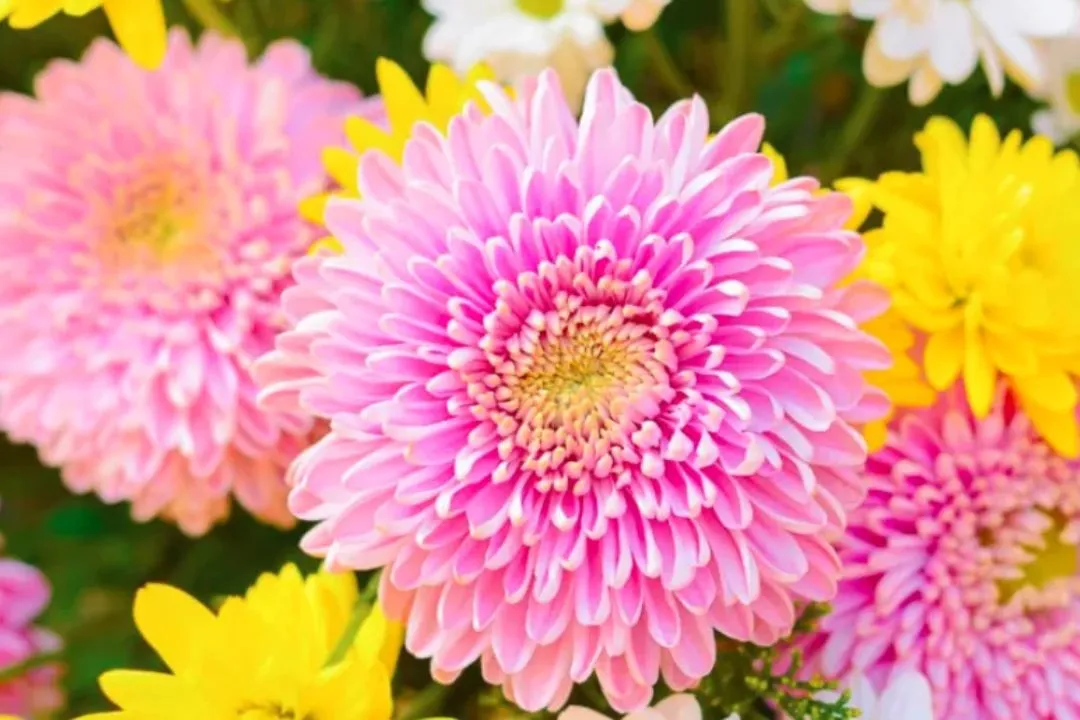
- Why It’s Special: Mums are classic fall flowers with vibrant colors ranging from deep purples to bright yellows and oranges.
- Indoor Significance: They’re perfect for adding a splash of color to your tabletops or windowsills.
- Benefits: Mums are known for their air-purifying qualities, making your home healthier.
- Potential Issues: They need plenty of light and may require deadheading to keep them looking fresh.
3. Croton (Codiaeum variegatum)
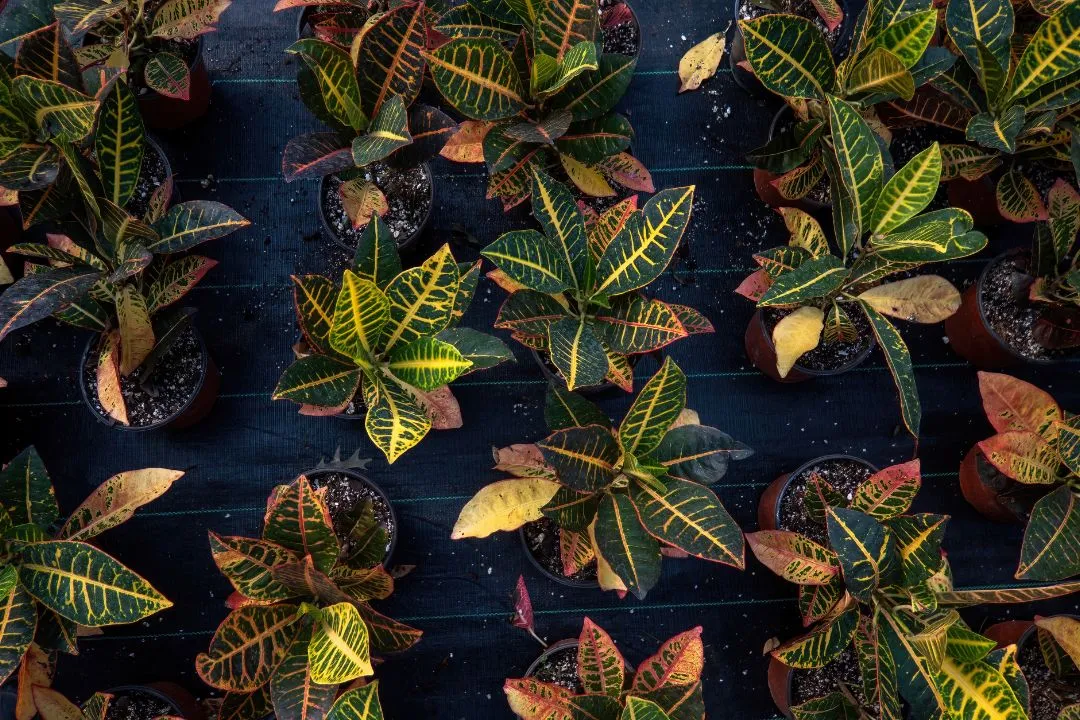
- Why It’s Special: Crotons are bold, with leathery leaves in shades of red, orange, yellow, and green.
- Indoor Significance: This plant thrives indoors and is ideal for adding a tropical autumn vibe to your space.
- Benefits: Crotons are easy to care for and can be a great conversation piece.
- Potential Issues: They need high humidity and bright light to maintain their vibrant colors.
4. Chinese Lantern (Physalis alkekengi)

- Why It’s Special: The Chinese Lantern plant is unique for its bright orange, lantern-shaped seed pods that resemble tiny pumpkins.
- Indoor Significance: It’s a fun and festive plant that can be used in autumn arrangements or as a standalone decoration.
- Benefits: Adds a whimsical touch to your decor and can be dried for long-lasting displays.
- Potential Issues: It’s toxic if ingested, so keep it away from pets and children.
5. Pansies (Viola tricolor var. hortensis)
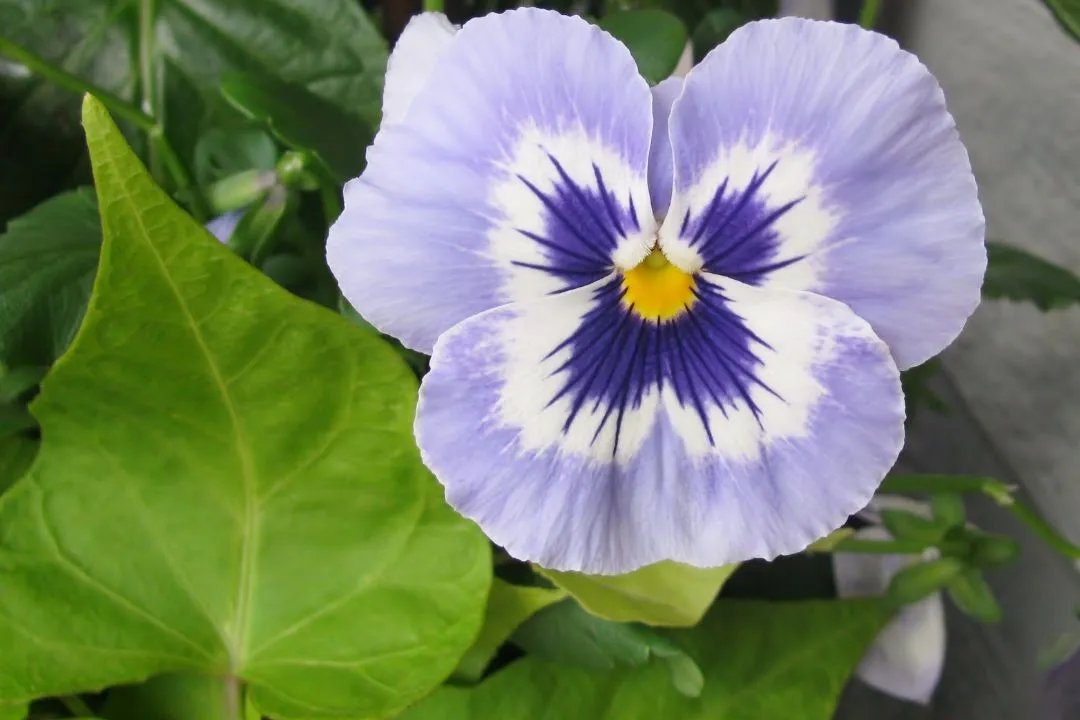
- Why It’s Special: Pansies offer a wide range of autumn colors, from rich purples to vibrant yellows and oranges.
- Indoor Significance: These charming flowers can brighten up any indoor space with their cheerful faces.
- Benefits: They’re easy to grow and can help lift your spirits during the cooler months.
- Potential Issues: They prefer cooler temperatures and need regular watering to stay vibrant.
6. Coleus (Plectranthus scutellarioides)

- Why It’s Special: Coleus plants are loved for their stunning foliage, which can include shades of red, burgundy, yellow, and green.
- Indoor Significance: They’re versatile and can be used in pots, hanging baskets, or as part of a mixed arrangement.
- Benefits: Coleus plants are low-maintenance and add a rich, warm tone to your decor.
- Potential Issues: They need indirect light and should be pinched back to encourage bushiness.
7. Heuchera (Coral Bells)
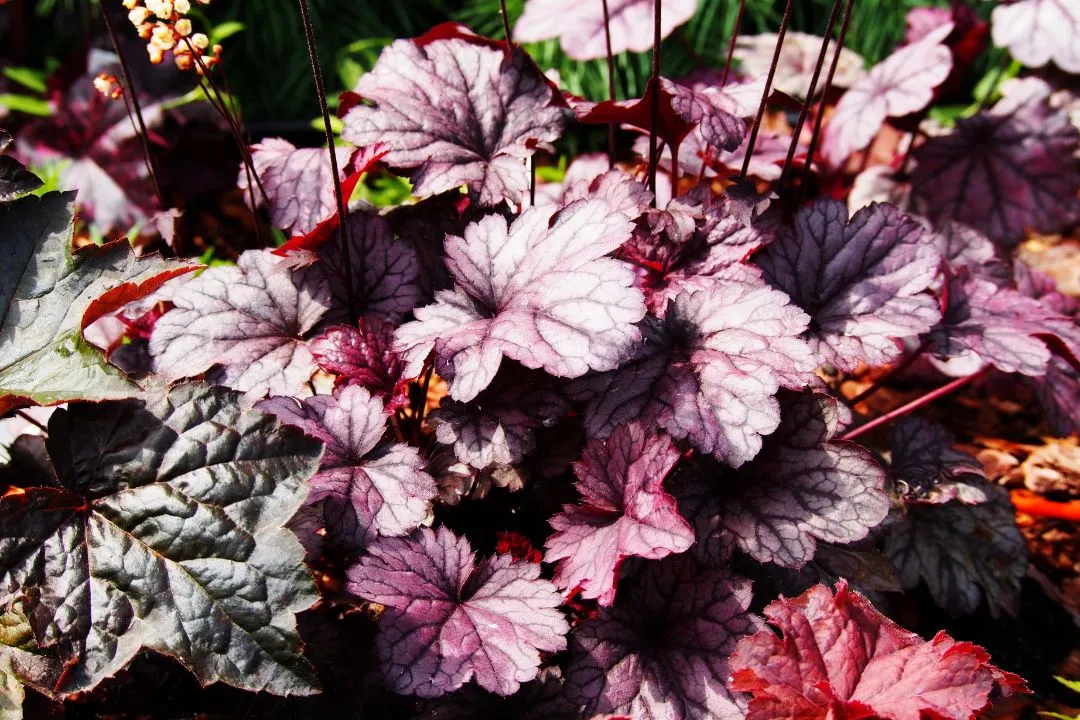
- Why It’s Special: Heuchera plants are known for their attractive foliage that comes in autumnal shades of red, orange, purple, and gold.
- Indoor Significance: They’re compact and perfect for small spaces or as part of a larger indoor garden.
- Benefits: Heuchera is relatively easy to care for and provides year-round interest.
- Potential Issues: They require well-drained soil and moderate light to thrive.
8. Kalanchoe (Kalanchoe blossfeldiana)
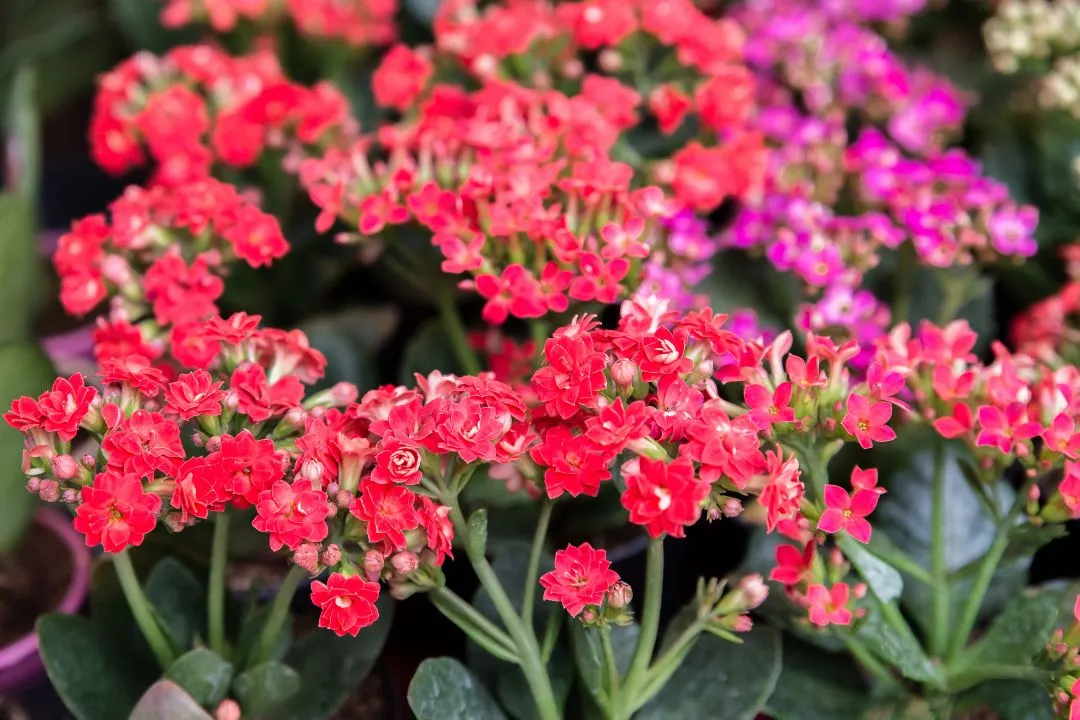
- Why It’s Special: Kalanchoe plants bloom in vibrant clusters of orange, yellow, red, and pink, making them perfect for fall.
- Indoor Significance: They’re ideal for brightening up a windowsill or desk.
- Benefits: Kalanchoe is a low-water, low-maintenance succulent that’s great for busy lifestyles.
- Potential Issues: It needs plenty of sunlight to bloom and may be sensitive to overwatering.
9. Sedum (Stonecrop)
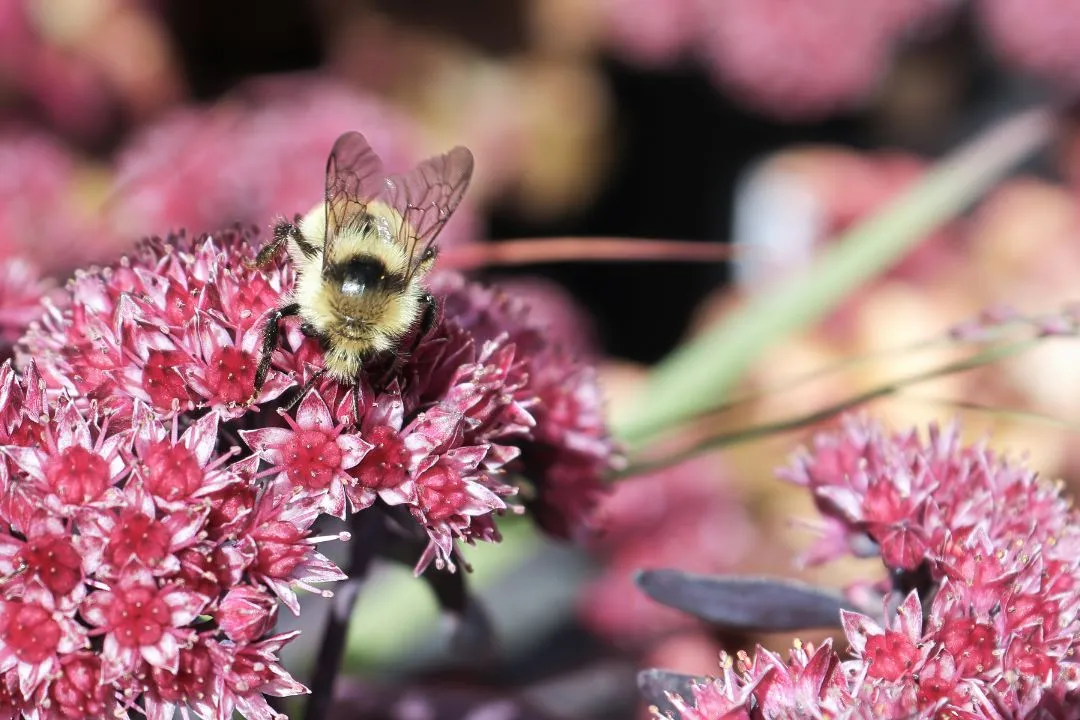
- Why It’s Special: Sedums are succulent plants with fleshy leaves that turn red, orange, or yellow in the fall.
- Indoor Significance: They’re perfect for adding a touch of autumn to your home without much upkeep.
- Benefits: Sedums are drought-tolerant and can survive in various conditions.
- Potential Issues: They need lots of light and well-draining soil to prevent root rot.
10. Ornamental Peppers (Capsicum annuum)
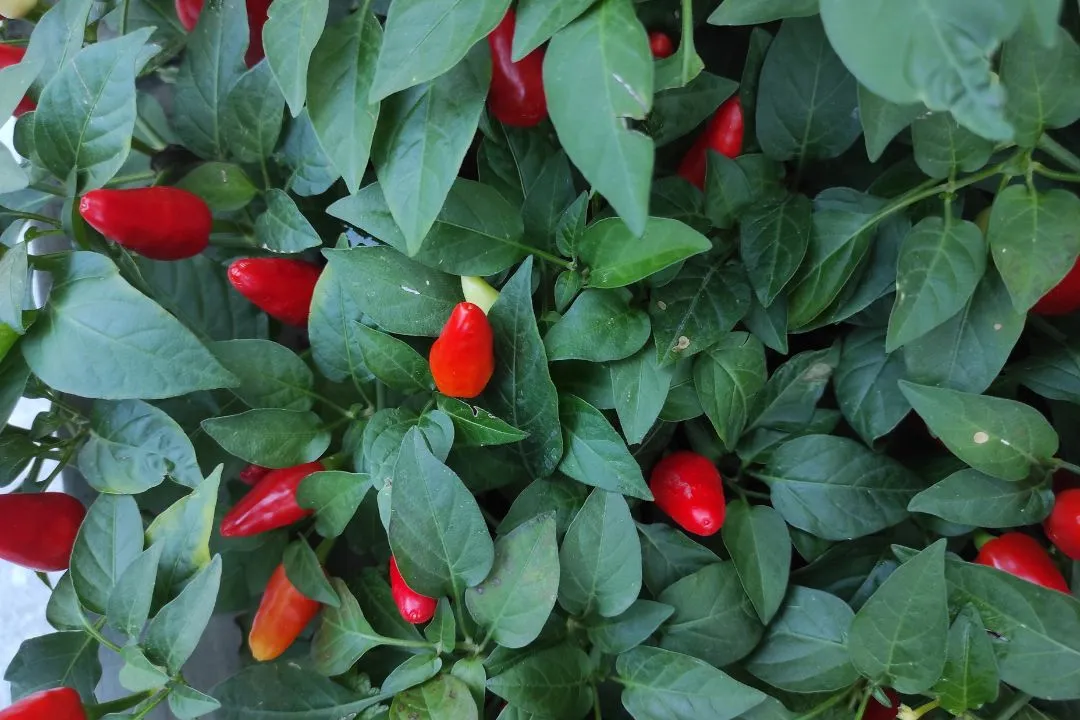
- Why It’s Special: Ornamental peppers produce small, colorful fruits that range from red to orange to purple.
- Indoor Significance: These peppers add a spicy touch of color to your autumn decor.
- Benefits: They’re easy to grow indoors and can even be used in cooking if desired.
- Potential Issues: The fruits are edible but very hot, so handle them with care, especially around children and pets.
How Do These Plants Benefit Your Indoor Space?
Adding autumnal plants to your indoor space does more than just enhance its visual appeal. Here are a few reasons why these plants are a great choice for your home.
- Mood Enhancement: The vibrant colors of these plants can uplift your spirits, making your home feel warmer and more inviting.
- Air Purification: Many of these plants, like mums and heuchera, help clean the air, removing toxins and improving overall indoor air quality.
- Seasonal Connection: These plants bring a piece of the outdoors inside. You can experience the beauty of autumn even when you’re indoors.
- Low Maintenance: Most of these plants are easy to care for, making them ideal for anyone, from seasoned gardeners to beginners.
Are There Any Drawbacks About Autumn Plants to Consider?
While these plants are generally beneficial, there are a few potential downsides to keep in mind:
- Toxicity: Some plants, like the Chinese Lantern and ornamental peppers, can be toxic if ingested. This is something to consider if you have pets or small children.
- Light Requirements: Many of these plants need bright, indirect light to maintain their vibrant colors. Which might be a challenge in some indoor settings.
- Maintenance Needs: While most of these plants are low-maintenance, some, like the croton and Japanese maple, require specific care to thrive indoors.
How Can You Care for These Plants?
Caring for autumnal indoor plants doesn’t have to be complicated. Here are some general tips:
- Watering: Most of these plants prefer their soil to be kept slightly moist but not waterlogged. Water them when the top inch of soil feels dry.
- Light: Bright, indirect light is ideal for most of these plants. Place them near a window that gets plenty of sunlight but avoid direct midday sun, which can scorch the leaves.
- Humidity: Some plants, like crotons, thrive in higher humidity. Consider using a humidifier or placing a tray of water near the plant to increase moisture in the air.
- Fertilizing: Use a balanced, all-purpose fertilizer every month during the growing season (spring and summer). Cut back on fertilizing in the fall and winter when the plants are not actively growing.
What Makes These Plants Perfect for Autumn?
These plants are perfect for autumn because they embody the season’s essence. Their colors mirror the changing leaves outside, and their presence indoors allows you to savor the season’s beauty even as the days grow shorter.
Actually, they’re more than just decorative pieces. They’re a way to bring nature’s cycle into your home, making autumn last just a little bit longer.
Can You Mix and Match These Plants?
Absolutely! Mixing and matching these plants can create a dynamic and visually appealing display. Consider pairing the bold colors of crotons with the delicate hues of pansies or mums for a balanced look.
You can also combine different textures, like the leathery leaves of the Japanese maple with the soft foliage of coleus, to add depth and interest to your arrangements.
Final Thoughts
Bringing autumn’s vibrant colors indoors is a wonderful way to embrace the season. These ten plants not only add beauty to your home but also create a warm, inviting atmosphere that lifts your spirits.
They’re easy to care for, making them perfect for anyone who loves the coziness of fall. As you watch the leaves change outside, these plants remind you of nature’s beauty, even within your own space.
So, whether you’re an experienced gardener or just starting out, these autumnal plants will bring joy and warmth to your home, letting you savor the season’s magic just a little longer.



